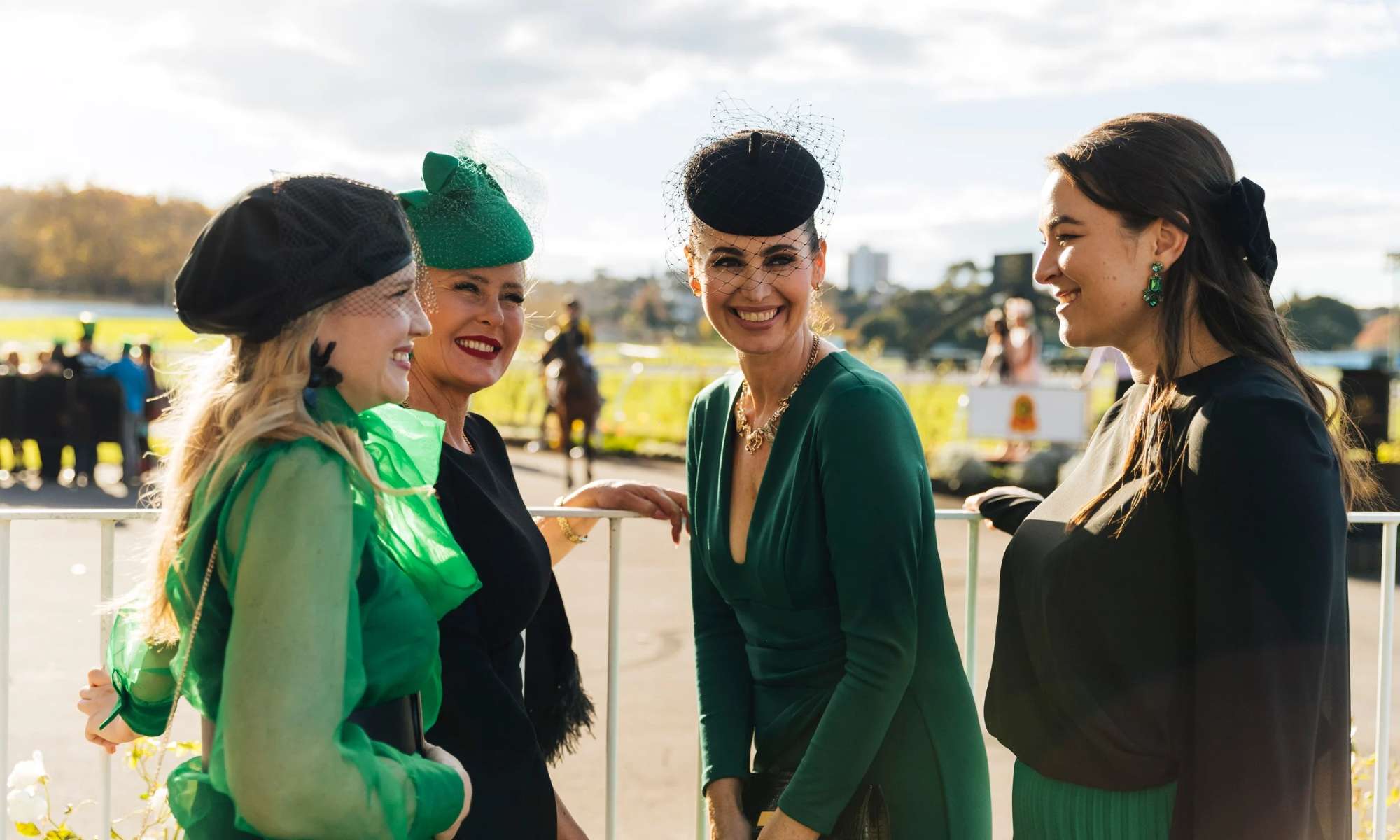
-
100 Ascot Avenue, Remuera, Auckland
- 09 524 4069
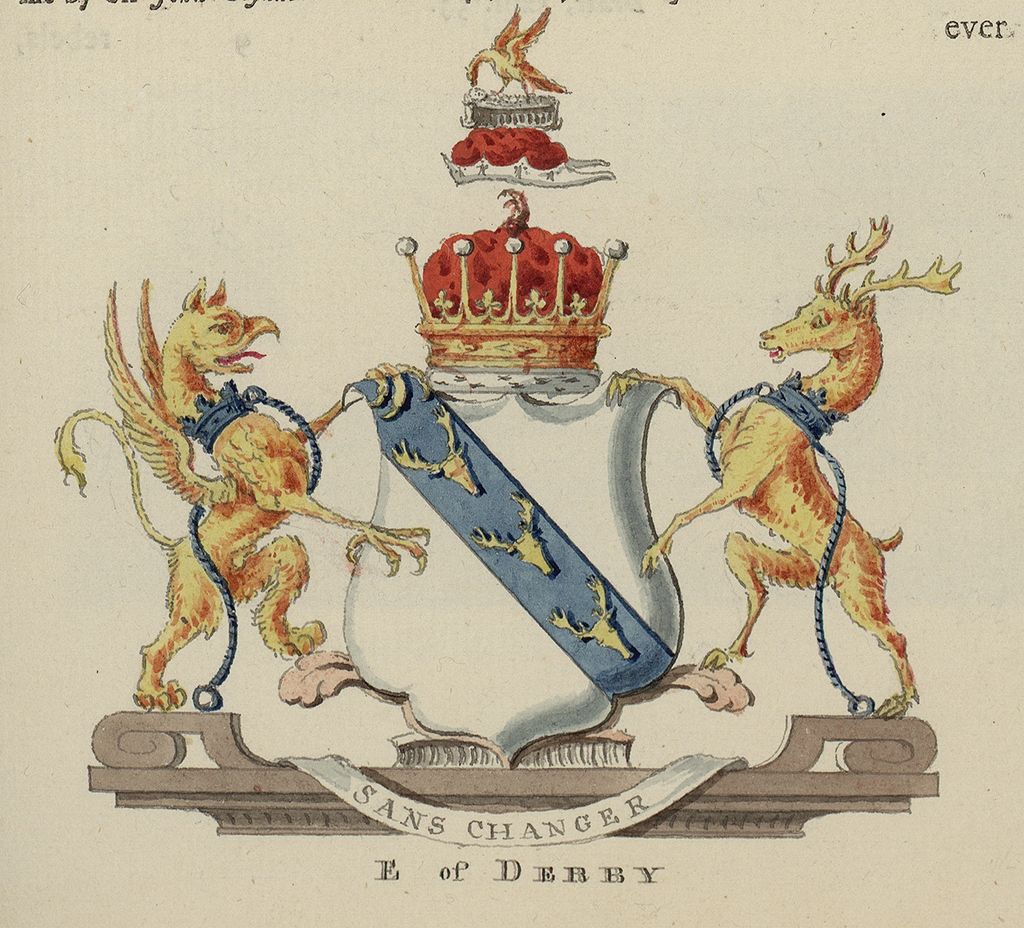 Derby races as they are known came to be at a celebration following the first running of the Oaks Stakes in 1779. it was at this celebration that a new race was planned, whereby it was decided it should be named after either the host of the party, the 12th Earl of Derby, or one of his guests, Sir Charles Bunbury.
Derby races as they are known came to be at a celebration following the first running of the Oaks Stakes in 1779. it was at this celebration that a new race was planned, whereby it was decided it should be named after either the host of the party, the 12th Earl of Derby, or one of his guests, Sir Charles Bunbury.
According to folklore, the decision on what to name the race was made by the toss of a coin, but it is probable that Bunbury, the Steward of the Jockey Club, deferred to his host.
The inaugural running of the Derby was held on Thursday 4 May 1780 where it was won by Sir Charles Bunbury’s colt, Diomed, who collected a princely sum of £1,065 15s for his efforts.
The English Derby, at the horseshoe-shaped Epsom Downs Racecourse, remains the most famous version of racing’s most recognised classic, while the Irish, Kentucky and French contests also have a major influence on values and fashion in global thoroughbred breeding.
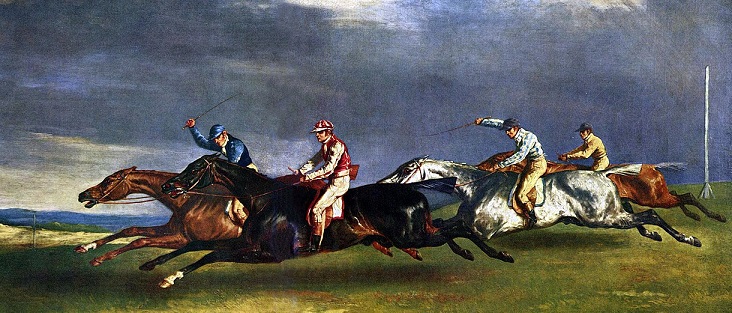
Ellerslie is the home of New Zealand’s premier race for three year old thoroughbreds – the $1,000,000 Vodafone New Zealand Derby which is to be held here at Ellerslie on the opening day of Auckland Cup Week – Vodafone Derby Day, Saturday week.
First raced as the Great Northern Derby, the inaugural winner at Ellerslie was Toi, a filly trained at Kohimarama for her owner James Watt, who in that year of 1875 was President of the Auckland Racing Club. Mr Watt also owned the winner of the 1876 Auckland Cup, Ariel.
Since then, the race has maintained the ideal that the very best of the thoroughbred breed will prove victorious.
Cast your eye over the roll of honour and the names that have shaped the mystique of the champion New Zealand thoroughbred leap at you off the page. Desert Gold, Sasanof, Gloaming, Kindergarten, Foxbridge, Desert Gold, Mainbrace and Sobig are just some of the turf legends that went on to greater deeds following their Derby triumph.
Throughout history the Derby has always been a stepping stone to greater success.
In modern times that success has been achieved overseas as much as in New Zealand. The 1973 winner Fury’s Order went on to win the W S Cox Plate in Melbourne the following spring. That same double was to be repeated in years to come by champion galloper Bonecrusher, as well as Surfer’s Paradise and The Phantom Chance.
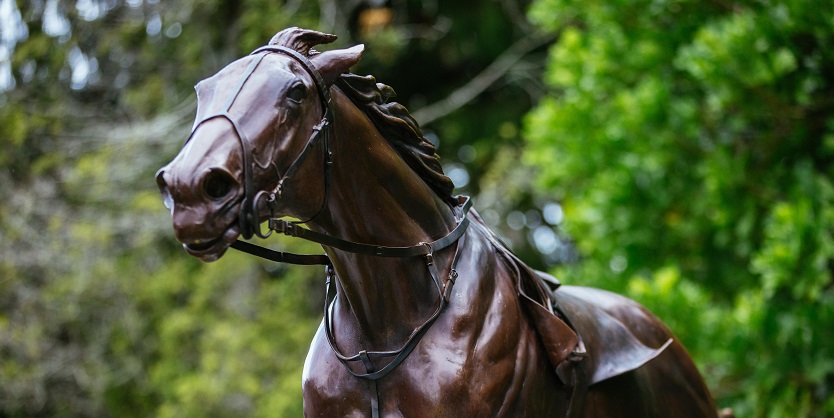
To train a Derby winner is also regarded as one of the special feats of racing. To have just one shot at the race with a horse that is yet to reach full maturity is akin to walking a tightrope. Many a potential equine Derby contender has failed to handle the pressure cooker nature of the preparation required as they come to terms with what is often their first proper racing campaign.
One of the doyens of Derby winning trainers in this country is undoubtedly Colin Jillings who retired in 2004. “Jillo” as he is affectionately known, trained five Derby winners, one in each decade from the 1950’s.
Included in his role of honour were champion gallopers Uncle Remus and The Phantom Chance. In conjunction with long time training partner, Richard Yuill, Colin was just a short neck away from his 6th Derby winner when Mount Street finished runner-up to St Reims in 2002.
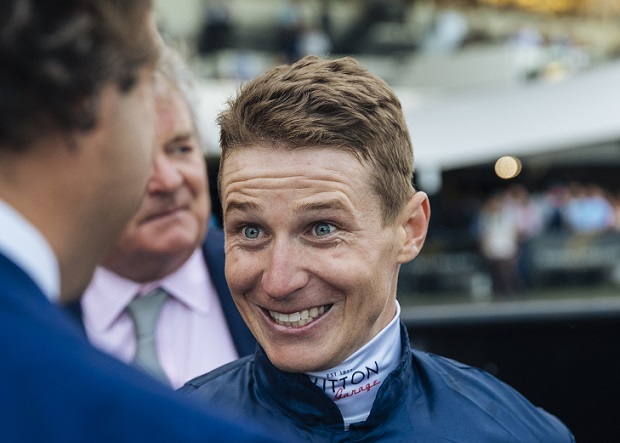 However, hot on the heels of Mr Jillings’ winning streak is Roger James, who – with a tally of four wins – has actually won the most New Zealand Derbies that have been run at Ellerslie (it moved to Auckland from Christchurch’s Riccarton Racecourse) in 1973. James’ last win the big race was in 2012 when filly SIlent Achiever, guided by star jockey James McDonald, passed the post first.
However, hot on the heels of Mr Jillings’ winning streak is Roger James, who – with a tally of four wins – has actually won the most New Zealand Derbies that have been run at Ellerslie (it moved to Auckland from Christchurch’s Riccarton Racecourse) in 1973. James’ last win the big race was in 2012 when filly SIlent Achiever, guided by star jockey James McDonald, passed the post first.
In 2006 the New Zealand Derby moved to its new home as the feature race on the first day of inaugural Auckland Cup Week. The Taranaki owned and trained, Wahid, led all the way to and etched his name into the magnificent history of the race.